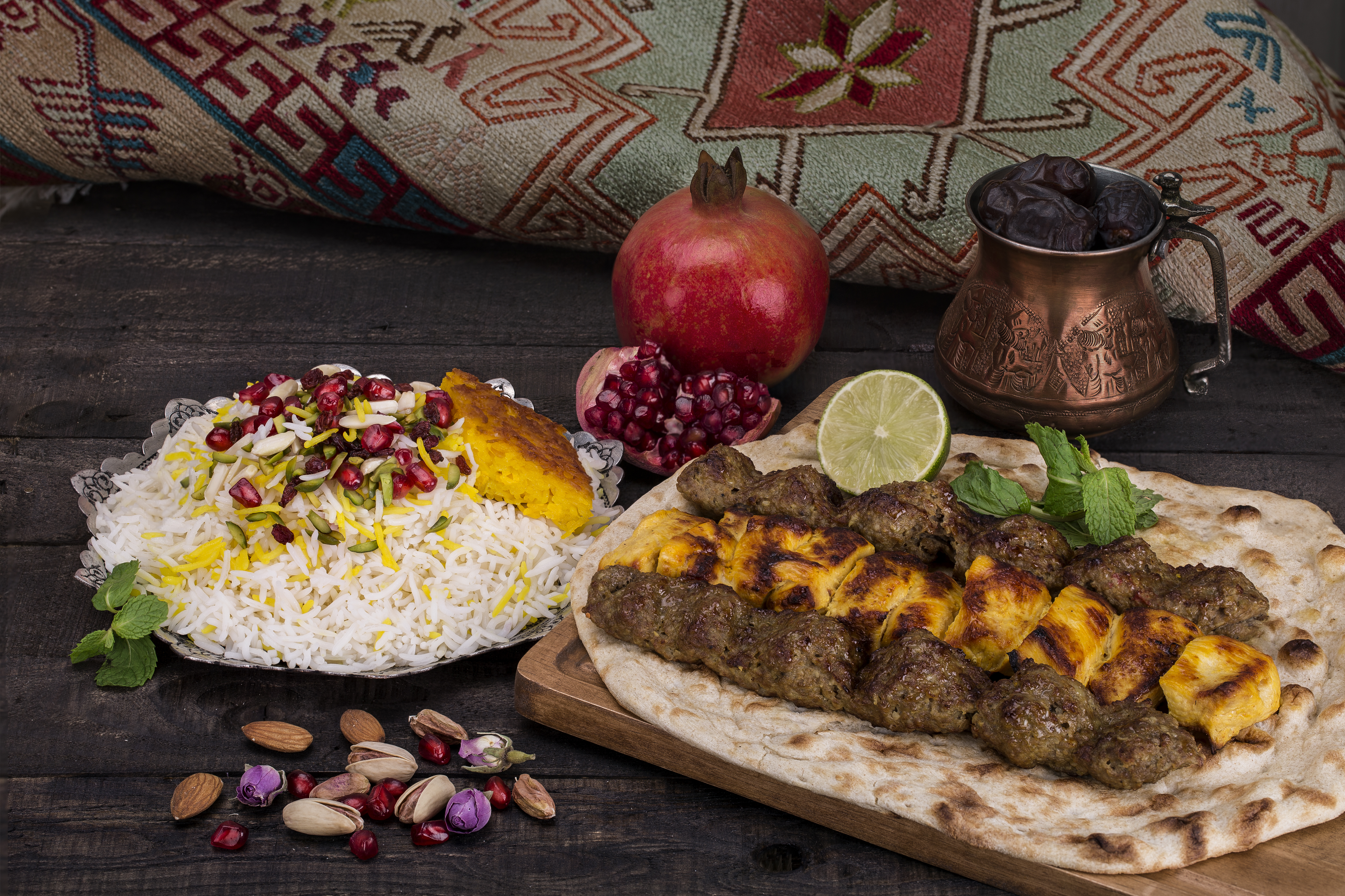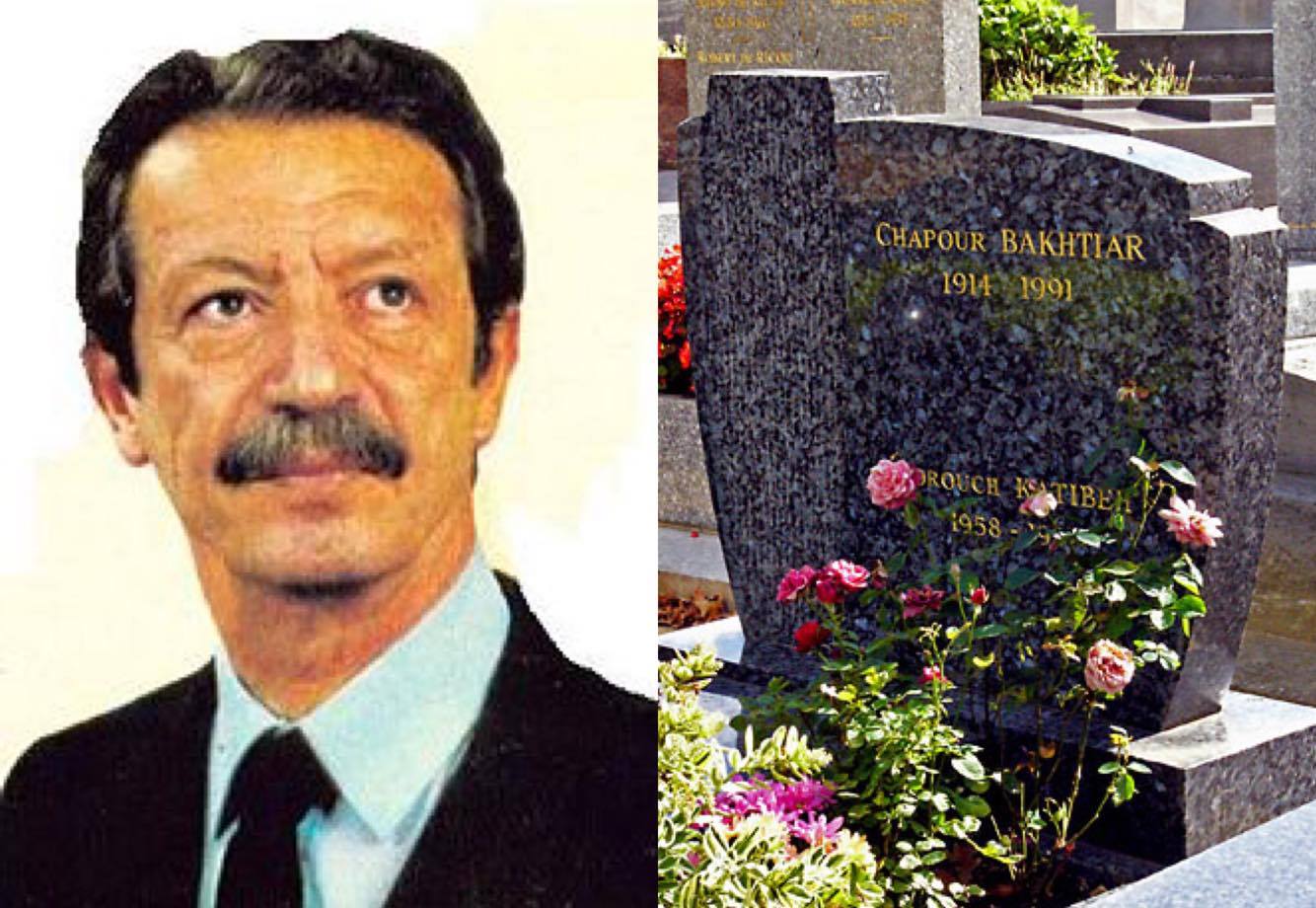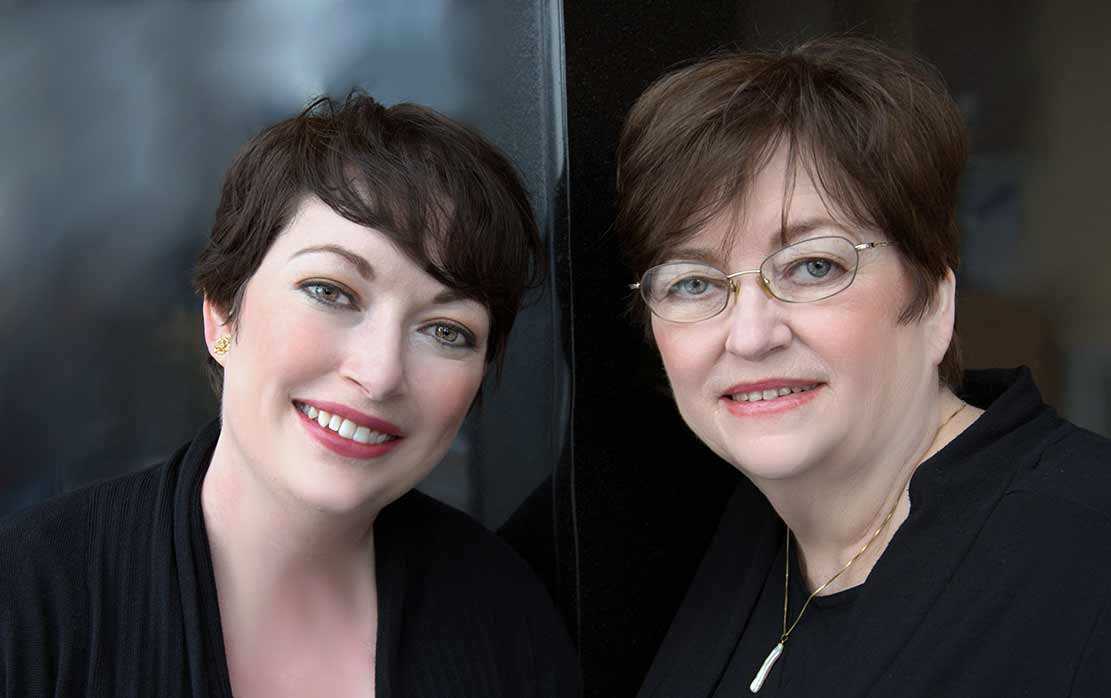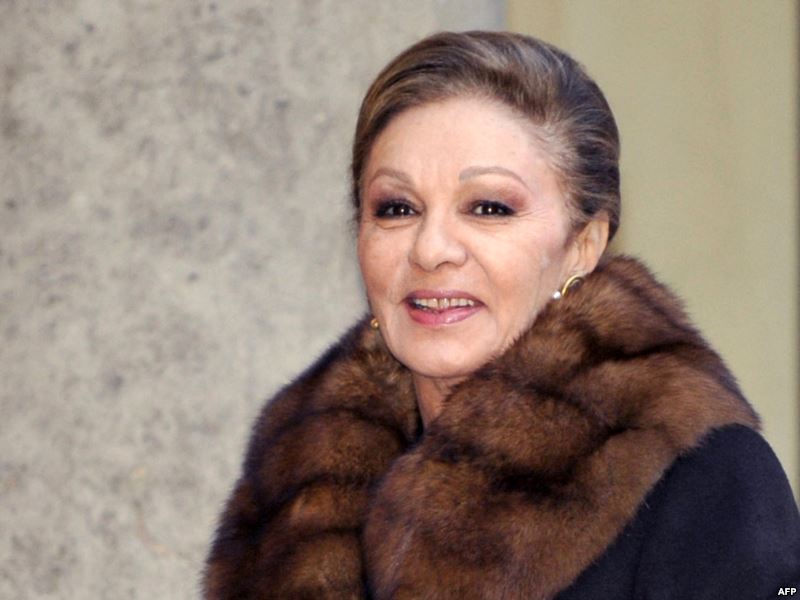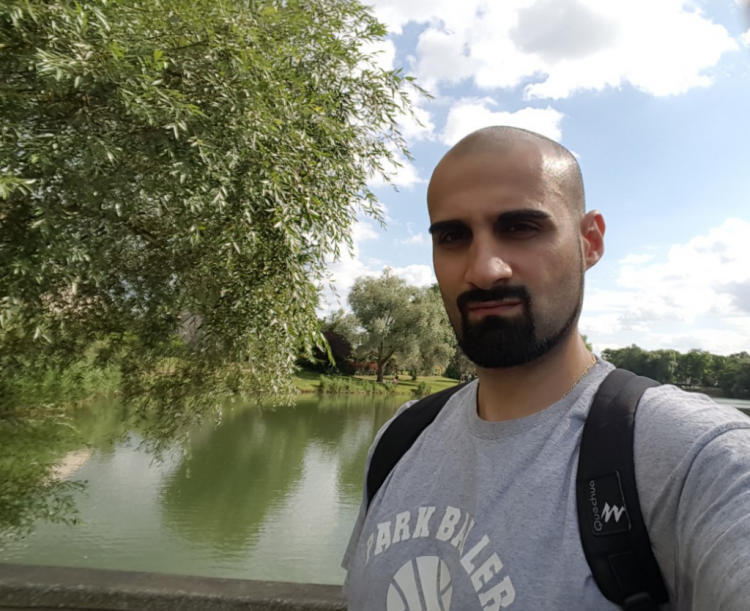Persian-Parisians Focus on Politics
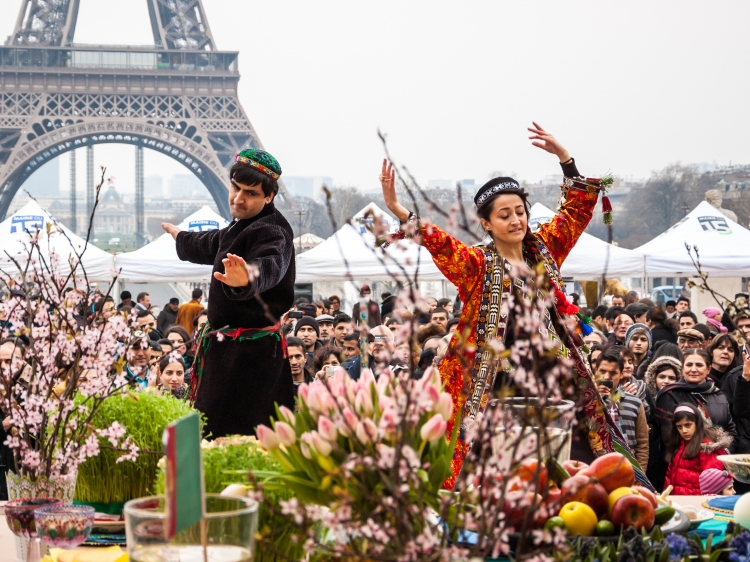
The popular American reality show Shahs of Sunset has made affluent Iranian-Americans famous. Far from Los Angeles, Paris has its own Persian community, very different from from the rich and flashy Iranians in Beverly Hills.
Paris has been home to a small Iranian community for decades, especially since the 1979 revolution that overthrew the late Shah. Today, there are approximately 15,000 Iranian living in France. In Paris, a portion of the 15th arrondissement — referred to as "Teheran-sur-Seine" — is home to a large concentration of Persians who have established a close-knit community. The area boasts many Persian restaurants such as Restaurant Cheminée on Rue de Entrepreneurs, Le Chabestan on 38 Avenue Versailles, and Chalizar on Avenue du Maine.
Traditional Persian cuisine. Photo credit: ShutterstockUnlike their counterparts in Los Angeles, Persians in Paris are more engaged in political causes than in adopting the lifestyles of the rich and famous. The French capital is a hub for Iranian monarchists, leftists, republican nationalists, and other political groups. Some Iranians exiled in Paris, like former Iranian Prime Minister Shapour Bakhtiar, have paid the ultimate price for their political activism. Bakhtiar, graduate of the Sorbonne, devoted his life to democratizing Iranian politics. But in 1991, he was murdered in the Paris suburb of Suresnes, stabbed to death by Iranian assassins loyal to the Islamic regime.
To this day, anti-regime activism in Paris continues undaunted. After Iran's post-election crisis in 2009, prominent members of the pro-democracy Green Movement fled Iran and settled in Paris. In July of this year, thousands of Iranians gathered in Paris for the annual conference of the National Council of Resistance of Iran (NCRI) to protest humans rights abuses in Iran.
[Left] Shapour Bakhtiar: Photo Credit: Shutterstock [Right] Shapour Bakhtiar's grave in Montparnasse Cemetery, Paris. Photo credit: ShutterstockDuring Iran's so-called Cultural Revolution after 1979, universities were attacked and purged of anything deemed Western and un-Islamic. Fereshteh Mohseni, who has been living in Paris for over 30 years, remembers Iran in those days.
"It was the Cultural Revolution that ignited student uprisings in universities," she recalled. "While I kept up with the student movements, academics were my priority as I was studying to become a gynecologist. I also had a newborn daughter to take care of."
Female students were ordered to wear veils and there was talk of gender segregation. At one student gathering, Fereshteh spoke up: "I raised my hand and objected that if they segregate the universities today, tomorrow they'll segregate the buses and offices and everywhere else. Society will be divided, and the united, classless society so many students were fighting for would go down the drain."
The student uprisings intensified and universities were eventually shut down. The regime cracked down, forcing many students to quit their studies. Fereshteh was one of them. Her husband was politically active in the People's Mujahedin, a leftist group that had fallen out of favor with the regime. He arranged for the family to leave Iran through the mountains of Kurdistan where they stayed for 20 days. The family finally arrived in Turkey where police, suspicious of their motives, put Fereshteh in jail with other Iranians escaping the regime.
"What can I say, during that time certain things happened to me at the hands of the Turkish police that should never happen to any young woman," she said.
Three months later, the family was accepted by France as political refugees. Life in France was difficult in the beginning as they struggled financially and did not speak French. Fereshteh enrolled in French classes and two years later, having been a gynecology student in Iran, landed a job in a hospital. But with a small daughter to raise and still struggling to make ends meet, she could not fulfill her dream of becoming a gynecologist. She eventually graduated with a degree in Persian literature from the Sorbonne and is now an administrator at Paris Descartes University.
She was troubled by how much the book, Not Without My Daughter — about a mother and her daughter's escape from an abusive husband in Iran — shaped opinion about Iran.
Mahtob Mahmoody [left] with her mother Betty, who wrote "Not Without My Daughter" based on their real life escape from Iran. Photo Credit: Booktrib.com"The only way I could explain it to them was to imagine someone putting all the French people in the same category as the clochards one sees on the streets or in train stations," she said.
Although forbidden for university employees to discriminate, Fereshteh observed a similar mentality among her colleagues at Paris Descartes towards foreign students, specifically if they happened to be Arab or wear the hijab.
"A female student I knew at the university suddenly started covering almost every inch of her face," she said. "I didn't even recognize her! She never wore the hijab before and now here she was covered from head to toe. It's complicated how these young French people – and I call them French because they were born here and have lived here their whole lives – become like this."
She believes the French are partially responsible for this cultural phenomenon, noting that many people in Paris have grown up in the poor banlieues.
"I believe the French are to blame to some degree because they allow these people to remain isolated and discriminated against," she said. "So even when they happen to get into college and graduate, they can't find a job because of their last name or zip code."
A recent photograph of Farah Diba. Photo Credit: Associated Foreign PressMeanwhile, Shah Pahlavi's widow still divides her time between Paris and the United States where her children live. In fact, Farah Diba, as she was then known, was a young Iranian architecture student in Paris in 1959 when she met the Shah at the Iranian Embassy. Today Farah's home in Paris is on Quai d'Orsay, where she spends much of her time answering emails and letters from Iranians around the world. In 2003, she wrote a bestselling book, An Enduring Love, a memoir on her marriage to the Shah and her life as Iran's Queen. Her pain is palpable at the end of the book when she describes the death of her youngest daughter Leila, who suffered from anorexia and chronic fatigue syndrome.
Farah appeared in the 2009 documentary The Queen and I by Iranian-Swedish filmmaker Nahid Persson Sarvestani, a former communist who as a young woman had protested against Iran's monarchy. The documentary brings together two people with political differences and different pasts to share their fates as Iranian exiles. Farah salutes all Iranians fighting for a better life in their adopted countries and expresses faith in her compatriots.
"I always believe light will shine over darkness," she said.
Another Iranian in Paris is Ashkan Shalbaf, who works as athletics coordinator at the American University of Paris. He was four years old when his family moved to Germany from Iran. His mother made sure he spoke Farsi in Hamburg, where his parents were active in the Persian community.
Ashkan Shalbaf, Athletics Program Coordinator at the American University of Paris. Photo Credit: Ashkan Shalbaf"It's difficult to mix Persian and European cultures because they're so different," he said. "But I think it's special to know both. At the end of the day we're all similar and all human. We just have different beliefs and grow up in different ways and experience different environments."
He credits his bicultural experience in making him more open-minded toward cultural differences. Though he still feels that not looking "European" can cause negative perceptions when interacting with others in Paris —especially with the fears about terrorism. He recalls someone recently saying to him, "I wouldn't want to meet you alone in a dark alley because I'd be afraid you'd want to stab me."
While he understands how the terrorist attacks in France generate stereotypes, he wishes the French would realize not everyone falls in the same category. "I think there's a certain stereotype connected to violence and terror that I fall right into," he said. Shalbaf would like them to be more open and go behind the stereotypes.
"For my grandmother, for example, the story behind the hijab is that it was used to protect women, not oppress them or discriminate against them," he said. "There are positives and negatives in any culture, and if you just want to preserve what you have while not wanting to know about people from other cultures or learn from them, this is what can lead to conflict."

